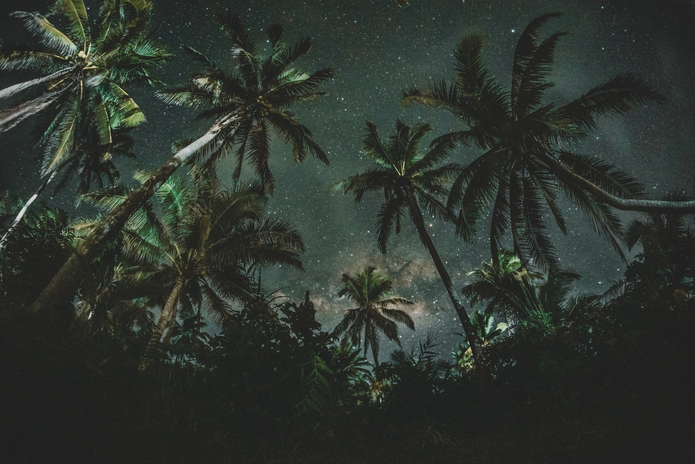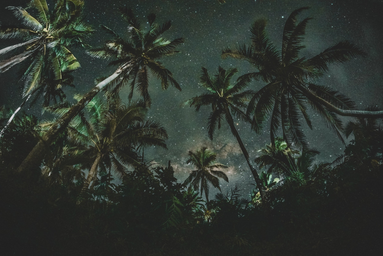The sky is having a party with shooting stars and a moon that changes color, and you’re invited. While most nightlife events and activities are extremely limited or nonexistent as a result of COVID-19, celebrating with celestial events can be enjoyed under COVID-19 friendly conditions. Being COVID-19 friendly is only the first of three reasons you should plan to watch the upcoming celestial events.
The second reason that you should enjoy the upcoming celestial events is that it is free. On the right nights, you could enjoy a spectacular show of lights without paying anyone for the entertainment. You could use the money you saved to make the show more comfortable by buying snacks, beverages, or blankets, or you could just enjoy the night while staying on budget.
The third reason that you should enjoy the free COVID-19 friendly celestial shows is that it is convenient. There are very few things that you must consider when planning to attend one of these events: the weather, the light pollution, and the night of the occurrence. Luckily, we can predict the weather with extreme accuracy through technology available at our fingertips. The light pollution can be hard to escape in big cities, but if you are located on an island in the middle of the pacific ocean (like myself and most of my expected audience), you don’t have to travel far to see the stars. Almost any beach surrounded by towering lights will allow you to see into the vast universe.
Since I now have you convinced to enjoy the simple pleasures provided by the universe, allow me to further your excitement by telling you what you can expect to see in the upcoming months.
The first major event to expect is a Blue Moon. A Blue Moon is the second full moon to appear within a single month. This occurs about every 3 years. On Halloween night, you will be able to see a Blue Moon. It’s an exciting coincidence of events, but there is no physical difference in the full moon’s appearance.
The second major event is another lunar event. On the night of November 30th, about a month after the Blue Moon, there will be a lunar eclipse. It will not be a total lunar eclipse, but it will still have a visual difference. The moon will be darkened, appearing a reddish color.
The third and my most anticipated event is the Geminids Meteor Shower. The Geminids occur annually in the month of December and are well known for the multicolored streaking meteors that illuminate the sky at up to 2 meteors per minute. The Geminids will peak on December 13 and 14 and can be seen across the sky, but most frequently radiating from the constellation Gemini. If you are viewing it from Hawaii, the constellation Gemini will be East, North East on the nights of the shower’s peak. The moon will also be near new, so the skies will be darkened for the performances of dozens of shooting stars.
There are other celestial events occurring before the year’s end, but the Blue Moon, the lunar eclipse, and the Geminids Meteor Shower are each distinct in rarity or visual stimulation. Don’t miss the opportunity to appreciate each of these cosmic phenomena while being COVID-19 friendly, free, and convenient.


